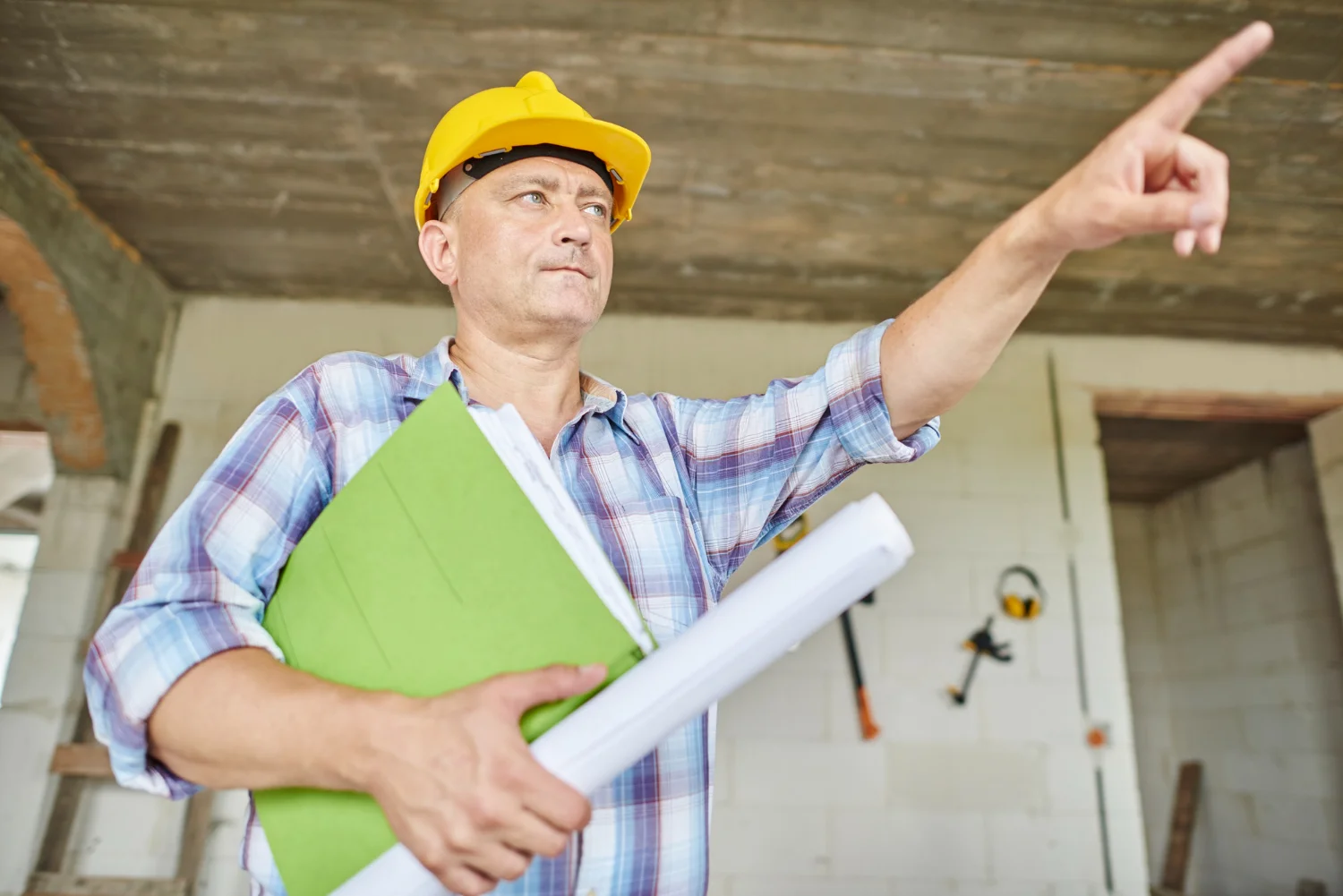Building a home is one of the largest investments you will ever make. While selecting designs, finishes, and colours is exciting, ensuring that the build is structurally sound and compliant is even more important. In Rockhampton, a House Building Inspection is a step-by-step process that safeguards your investment, protects against hidden defects, and ensures all work meets the Building Code of Australia and Queensland standards.
These inspections are typically carried out by licensed building certifiers or qualified building inspectors with local knowledge. Their expertise is crucial in identifying issues that may not be visible to the untrained eye. By breaking the inspection process into stages, each phase of the build can be reviewed before moving forward, preventing expensive problems later.
Whether you are a first-time builder or an experienced investor, understanding the stages of a House Building Inspection gives you the knowledge to actively oversee your project.
Stage 1: Pre-Slab Inspection
The pre-slab inspection happens before concrete is poured. This is the stage where inspectors check the “invisible” groundwork that will carry the weight of the home for decades.
Key Checks:
-
Soil compaction testing to prevent uneven settling.
-
Correct placement of formwork for accuracy in dimensions.
-
Steel reinforcement positioned and tied as per engineering plans.
-
Moisture barriers installed and undamaged.
-
Termite protection systems in place.
Why It Matters in Rockhampton:
The region’s variable soil types — from sandy coastal soils to reactive clay — mean that improper compaction can lead to severe movement in the structure. Without catching this early, you could face cracks in walls, uneven floors, and sticking doors within just a few years.
Stage 2: Slab Stage Inspection
Once the slab has been poured, inspectors examine its finish and structural integrity.
Key Checks:
-
Levelness of the surface.
-
No visible cracks or “honeycombing” in the concrete.
-
Correct curing procedures followed to achieve full strength.
A slab that is even a few millimetres out of level can affect window installation, cabinetry, and flooring alignment later in the build.
Stage 3: Frame Inspection
The frame inspection is critical because it confirms that the “skeleton” of your home meets both design and safety standards.
Key Checks:
-
Correct installation of wall frames and roof trusses.
-
Adequate bracing for wind loads common in Queensland.
-
Proper connection between structural members.
-
Continuity of termite protection.
Common Problem Example: A missing cyclone tie-down bracket may seem small, but it can compromise the home’s wind resistance, a serious risk in tropical storm conditions.
Stage 4: Lock-Up Stage Inspection
At this stage, the home’s exterior is secured — external walls, roof, windows, and doors are in place.
Key Checks:
-
Water-tight sealing around openings.
-
Roof coverings installed without gaps or loose fittings.
-
Flashings fitted correctly to divert water.
-
External finishes aligned and free from defects.
Local Consideration: Rockhampton’s seasonal heavy rains make this stage essential for preventing water intrusion and damp problems inside the walls.
Stage 5: Pre-Plaster (Rough-In) Inspection
This inspection happens before plasterboard covers the walls, giving inspectors one last look at the hidden systems.
Key Checks:
-
Electrical wiring installed according to safety codes.
-
Plumbing pipework securely fixed and pressure-tested.
-
Gas lines compliant with regulations.
-
Insulation placed without gaps or compression.
Once plaster is up, fixing these issues becomes costly and disruptive.
Stage 6: Waterproofing Inspection
Waterproofing is a common point of failure in builds, so it gets its own inspection.
Key Checks:
-
Membranes applied consistently and without thin patches.
-
Corners, edges, and junctions fully sealed.
-
Compliance with Australian Standard AS 3740.
If waterproofing fails, moisture can seep into structural timber, causing rot, mould, and health hazards.
Stage 7: Fixing Stage Inspection
By this stage, the internal fittings are in place — doors, skirting boards, architraves, and cabinetry.
Key Checks:
-
Doors open and close smoothly without sticking.
-
Cabinetry fixed securely and aligned level.
-
Skirting boards and trims fitted neatly.
Poor workmanship here may not be structural, but it can significantly affect the home’s finished appearance and value.
Stage 8: Final (Practical Completion) Inspection
The final inspection takes a whole-home view to confirm the property is ready for handover.
Key Checks:
-
All fixtures and appliances installed and working.
-
Paintwork smooth and blemish-free.
-
Floors, tiles, and carpets undamaged.
-
No visible defects or unfinished work.
This is the last chance to have the builder fix issues before final payment.
Stage 9: Handover Inspection
Sometimes combined with the final inspection, this stage ensures that any items noted earlier have been corrected.
Key Checks:
-
All defects from the final inspection addressed.
-
Provision of warranties, compliance certificates, and manuals.
-
Property fully safe and ready for occupancy.
Preparing for a House Building Inspection
As a homeowner, you can take steps to ensure your House Building Inspection runs smoothly:
-
Keep Plans Handy: Have the approved building plans available for the inspector.
-
Be Present: Attend the inspection if possible to understand findings firsthand.
-
Ask Questions: Clarify any terms or issues you don’t understand.
-
Document Everything: Keep a written and photographic record of each stage.
Proactive involvement helps you stay informed and makes it easier to follow up on any recommended corrections.
Common Problems Found During Inspections
Across Rockhampton builds, some recurring issues include:
-
Insufficient roof tie-downs for cyclone resistance.
-
Missing or damaged insulation.
-
Uneven slab levels causing alignment issues.
-
Inadequate sealing around wet areas.
Spotting these early during a House Building Inspection prevents small mistakes from becoming expensive repairs.
Local Regulations in Rockhampton
All inspections must comply with the Building Code of Australia and the Queensland Development Code. Local councils may also require additional checks depending on zoning and environmental factors. For full details, visit the Queensland Building and Construction Commission.
Conclusion
A House Building Inspection in Rockhampton is not just a procedural requirement — it’s a structured process that protects your investment and ensures your home will stand strong for decades. From soil preparation to final handover, each stage plays a vital role in achieving a safe, compliant, and high-quality build.
Take the Next Step with C & W Services
Your home is too important to risk. Contact C & W Services for a professional House Building Inspection in Rockhampton and let experienced eyes protect your build from the ground up. Every stage matters — and we make sure nothing is missed.



